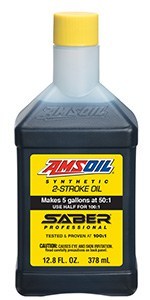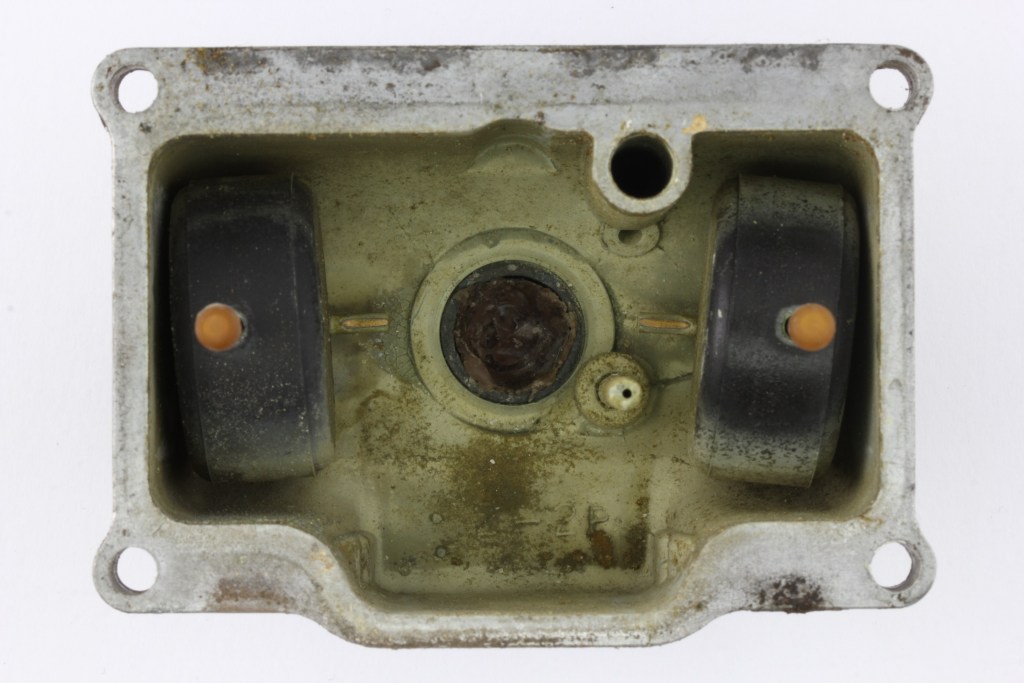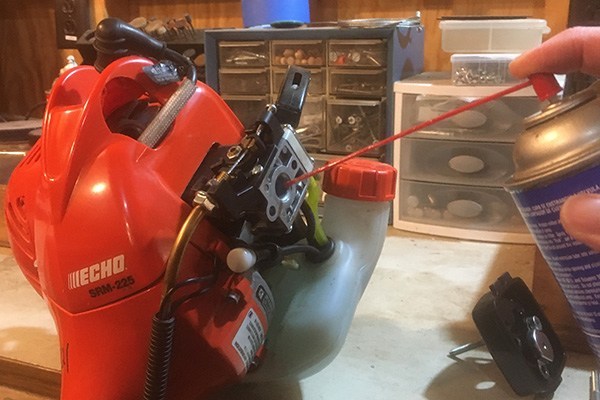5 Expert Chainsaw Maintenance Tips John Baker|Feb 13, 2020 4:24 PM Chainsaws are great tools – when they’re working properly. Here are five chainsaw-maintenance tips to keep your chainsaw cutting strong. Keep the chain sharp Anyone who has tried forcing a dull chain through wood knows the importance of a sharp chain. Properly sharpening a […]
You are browsing archives for
Tag: small engines
Lawnmower Won’t Start? Do this.
Lawnmower Won’t Start? Do this. John Baker|Jul 03, 2019 1:48 PM A lawnmower that won’t start, especially when taken from storage, is almost always due to one problem: bad gas. Storing a lawnmower in the fall without adding gasoline stabilizer to the fuel tank can cause the fuel to break down and plug the fuel passages. If fixing […]
Weed Eater Won’t Start? Try This
We’ve all been there – Weed Eater Starting Foes! John Baker| Jun 19, 2019 9:28 AM No matter what you call it – weed eater, weed whacker, string trimmer – chances are at some point it won’t start. Few things are more annoying than destroying your shoulder trying to start the weed eater when there’s […]


